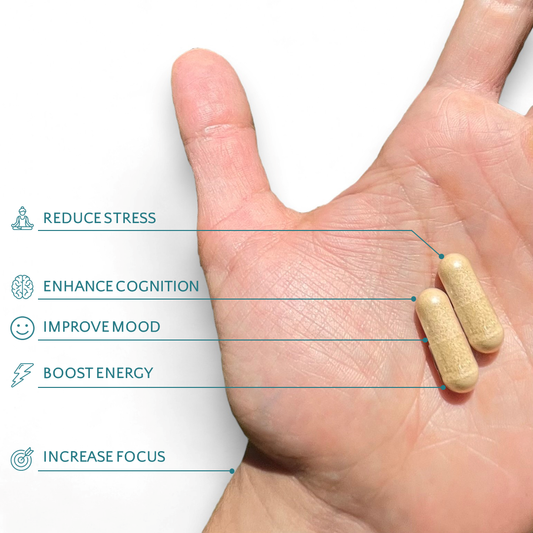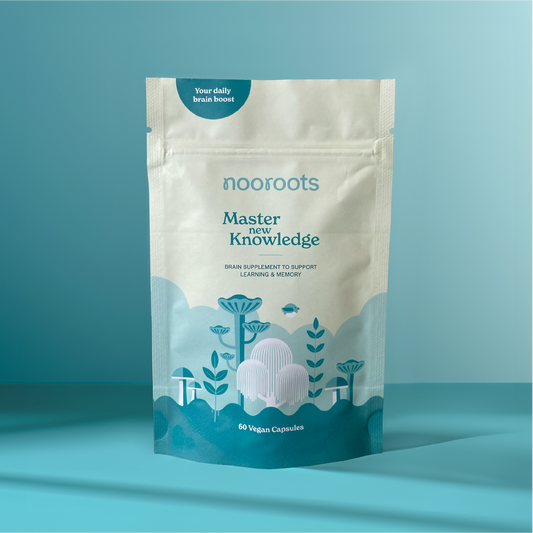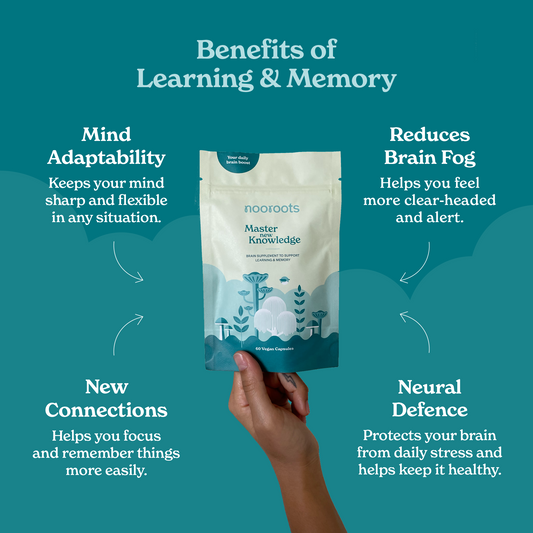Expert Writer and Contributor ✓
About the Author
Ben was awarded a Master of Science in Regenerative Medicine from Imperial College London. He is currently completing a PhD at Imperial.
About the Contributor
Mus was awarded a Master of Science degree in Medical Biotechnology and Business Management from the University of Warwick.
The history of Vitamins is filled with conflicting accounts between researchers claiming to be the original discoverer. Most likely it was not one person but an accumulation of knowledge from multiple sources that led to a breakthrough or an ‘ah-ha!’ moment.
While the B-Vitamins gained a lot of attention in the 1930s, quietly, minding its own business, was a body of research gaining momentum into a mystery molecule. This unknown compound was not a protein. Nor a fat. And bared no resemblance to a carbohydrate. What could it be?
Exploring the annals of academica we can piece together the fragmented clues that are littered across the trail of disicovery.
In 1912, an English biochemist by the name of Frederick Gowland Hopkins found this unknown compound to be present in milk, he further noticed that it helped support life in rats. Later scientific publications by the likes of Elmer McCollum, Marguerite Davis, Thomas Osborne, and Lafayette Mendel built on Frederick's observation.
Interest in what was known at the time as ‘fat-soluble A’ factor begun to accelerate. What was this new compound that could aid growth?
It wasn’t until 1920, that fat-soluble A was rebranded as Vitamin A. Finally, Harry Holmes and Ruth Corbet isolated and crystallized Vitamin A in 1937.
This is just the recent scientific progress we’ve touched on. Suspicion of Vitamin A’s existence dates back to 1816 with a physiologist known as François Magendie. 130 years. One hundred and thirty years. That is a long time in any field of research.
While Vitamin A’s characterisation may have taken some generations to complete, once the cipher was cracked, progress continued at a rapid pace. Today we know Vitamin A for its essential role in normal growth, reproduction, immunity, and vision.
Contents
- What is Vitamin A?
- Vitamin A Deficiency
- Vitamin A Benefits
- Vitamin A Mechanism of Action
- Vitamin A Side Effects
- Recommended Dosages of Vitamin A
- Best Natural Food Sources of Vitamin A
Vitamin A: A Health Guide to Safe and Effective Supplementation

What is Vitamin A?
Vitamin A was officially discovered in 1913 by E. V. McCollum and Marguerite Davis1,2. Despite what the name suggests, vitamin A is not just one single compound. Retinoids, the active form of vitamin A, can come preformed and ready for use by the body. Carotenoids, on the other hand, must first be digested into retinoids3.
An essential nutrient, vitamin A must be included within every diet. Neither retinoids nor carotenoids can be produced by the body, instead they primarily come from animals and vegetables, respectively3,4.
Vitamin A Deficiency
As stated, vitamin A is crucial for the good health of individuals. Deficiency can lead to a number of detrimental effects, including5,6:
- Night-blindness
- Full blindness (severe deficiency)
- Weakened immune system
- Thyroid dysfunction
Vitamin A Benefits
Due to its multifunctional role within the body, vitamin A has a plethora of beneficial effects, including but not limited to:
- Improved Vision: the ancient Egyptians documented the first therapeutic application of vitamin A (via roasted oxen liver), using it to cure night-blindness, and its importance to the visual cycle have since become clear2,5,6
- Healthy Skin: vitamin A regulates the turnover of skin cells, the body’s outermost barrier, and can be used as a treatment for disorders such as acne and psoriasis2–5
- Immunity boosting: crucial for a strong immune response, studies even revealed that some types of cancer are less prevalent in people with high intake of vitamin A7–10
- Brain boosting: retinoic acid, which can be produced from retinol, is an important nutrient for proper functioning of the brain11
Vitamin A Mechanism of Action
Vitamin A is largely stored as retinyl esters in the liver3,5. When required, these will be hydrolysed into all-trans-retinol and get released into the blood attached to a protein5. It can then travel to various parts of the body, performing roles such as:
- Triggering a crucial sequence of events in low-light conditions which leads to a nerve impulse being interpreted by the optic nerve, enabling sight2,5
- Interacting with receptors in the nucleus (brain) of cells to regulate gene expression, the master control over how cells and, therefore, the body, function2,5
- Moreover, vitamin A encodes genes for both long-term potentiation and long-term depression in the hippocampus. These types of synaptic plasticity are important for learning and memory12
- Maintenance of the immune response, including the formation of antibodies which seek and destroy any harmful particles (e.g. bacteria)2,3,5
Vitamin A Side Effects
Within the normal dosage range, vitamin A will not present you with any side-effects4,13. If you consistently exceed the tolerable upper intake level, or massively exceed it in a short timeframe, you may suffer some of the following2,4,13:
- Increased risk of osteoporosis
- Blurry vision
- Nausea
- Dry skin
Recommended Dosages of Vitamin A
The Nutrient Reference Value (NRV) for Vitamin A is 800μg (micrograms). The safe upper limit (SUL) for Vitamin A us 3,000μg (micrograms).
Learn More About NRV and SUL
The NRV and SUL are two values assigned to vitamins and minerals that are designed to provide guidance on how much of a specific nutrient can be consumed.
NRV can be defined as the amount of a specific nutrient needed to adequately meet known nutritional deficiencies. Whereas the SUL is the highest level of nutrient intake that is likely to pose no risk of bad health effects for almost all individuals in the general population.
It is very safe to consume levels of nutrients greater than the NRV as long as the intake is below the SUL.
At nooroots, we take both these values into consideration when performing research and product development. We work with our scientists and partners to select a nutrient level that is both safe and effective.
Best Natural Food Sources of Vitamin A
Here are the top 10 foods rich in Vitamin A:
- Carrots
- Tuna
- Butternut Squash
- Sweet Potato
- Spinach
- Cantaloupe
- Lettuce
- Red Bell Peppers
- Pink Grapefruit
- Broccoli
*data sourced from My Food Data
Conclusion
Diving into the history of human nutrition, it is amazing that discoveries we take for granted in our modern world took 130 years to piece together all the clues. We owe a lot to the early Vitamin pioneers. For through their painstaking labours, they have made our species, in general, healthier.
Once the enigma of Vitamin A was laid bare for all to see, the real research into its role in human’s begun. Vitamin A has been shown to improve vision, promote healthy skin, boost our immunity and support brain function.
800 μg (micrograms) is the recommended intake and safe upper limit of 3.5x that has been established.
For those interested in taking the first step, our Learning & Memory Nootropic Supplement at Nooroots offers a carefully formulated introduction to the world of cognitive enhancement—crafted to support both clarity of mind and balance of mood.
Learn more about the other vitamins, minerals and plant extracts we use to give your brain a daily boost
Evidence
- McCollum EV, Davis M. THE NECESSITY OF CERTAIN LIPINS IN THE DIET DURING GROWTH. J Biol Chem. 1913 Jul 1;15(1):167–75.
- Handbook of Vitamins - Robert B. Rucker, John W. Suttie, Donald B. McCormick - Google Books [Internet]. [cited 2022 Jun 13]. Available from: https://books.google.co.uk/books?hl=en&lr=&id=WnWqwzg4v50C&oi=fnd&pg=PA1&dq=vitamin+a&ots=zTxVsqxoEG&sig=VevYpkGUlzDykw7OBushTBG96uk#v=onepage&q&f=false
- Gilbert C. What is vitamin A and why do we need it? Community Eye Heal. 2013 Dec 20;26(84):65.
- Tanumihardjo SA, Russell RM, Stephensen CB, Gannon BM, Craft NE, Haskell MJ, et al. Biomarkers of Nutrition for Development (BOND)—Vitamin A Review. J Nutr. 2016 Sep 1;146(9):1816S-1848S.
- Vitamin A | Linus Pauling Institute | Oregon State University [Internet]. [cited 2022 Jun 12]. Available from: https://lpi.oregonstate.edu/mic/vitamins/vitamin-A
- Vitamin A deficiency [Internet]. [cited 2022 Jun 13]. Available from: https://www.who.int/data/nutrition/nlis/info/vitamin-a-deficiency
- Fulan H, Changxing J, Yi Baina W, Wencui Z, Chunqing L, Fan W, et al. Retinol, vitamins A, C, and e and breast cancer risk: A meta-analysis and meta-regression. Cancer Causes Control. 2011 Oct 15;22(10):1383–96.
- Zhang X, Dai B, Zhang B, Wang Z. Vitamin A and risk of cervical cancer: A meta-analysis. Gynecol Oncol. 2012 Feb 1;124(2):366–73.
- Tang J er, Wang R jiang, Zhong H, Yu B, Chen Y. Vitamin A and risk of bladder cancer: A meta-analysis of epidemiological studies. World J Surg Oncol. 2014 Apr 29;12(1):1–9.
- Wu Y, Ye Y, Shi Y, Li P, Xu J, Chen K, et al. Association between vitamin A, retinol intake and blood retinol level and gastric cancer risk: A meta-analysis. Clin Nutr. 2015 Aug 1;34(4):620–6.
- Olson CR, Mello C V. Significance of vitamin A to brain function, behavior and learning. Mol Nutr Food Res. 2010 Apr;54(4):489.
- Misner DL, Jacobs S, Shimizu Y, De Urquiza AM, Solomin L, Perlmann T, et al. Vitamin A deprivation results in reversible loss of hippocampal long-term synaptic plasticity. Proc Natl Acad Sci U S A. 2001 Sep 25;98(20):11714–9.
- Vitamin A | Linus Pauling Institute | Oregon State University [Internet]. [cited 2022 Jun 13]. Available from: https://lpi.oregonstate.edu/mic/vitamins/vitamin-A#reference35





